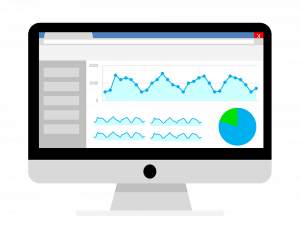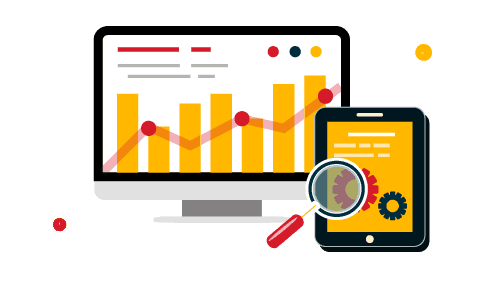There are a lot of important numbers defining your website, but the ones that matter are those you can use to streamline operations, reduce complication, and ultimately better your brand.
People don’t do anything without their smartphones today, and the convenience of just tapping a touchscreen and getting a package sent to your door has become core to modern society. They’re going to order from your website if that’s possible. They’re going to contact you from your site, and they’re going to explore your site.
You need to ensure that your website is easy to navigate, can be accessed successfully through multiple platforms, and has proper Search Engine Optimization, or SEO. Once you have your site operating smoothly, you’ve got to refine it. You’ll need an error-logging framework in place, and if you’re at the initial launch phase, do not neglect beta testing.
Navigate By Numbers
Ideally, your business is going to expand, and your site will continually change. It’s a mistake to put off updates a year or so from the present time. You should simply get into the practice of continually maintaining your website. Think of it as a metaphysical carving in clay made of integers. You’ve just got to keep carving away at it. However, if you don’t have some metrics to help guide you, you’re going to make some mistakes.
To know where your website is doing well, where it’s lagging, and where you should be, you’ll need to keep solid metrics and take actions accordingly. It’s not enough just to have the numbers; you need to use them to determine future goals.
Relevant stats to consider include Bounce Rate, traffic is also definitely an important consideration, the sources of that traffic, which pages are performing best, rate of conversion, where conversion traffic comes from, and the average “life cycle” of an average “customer” with your business—how long they’re with you, what they spend.
Sometimes getting relevant data like this from which to base forward improvements can be very time-consuming. This is itself a flaw in management. Some solutions can automatically scan logs to get you the metrics you need with greater speed.
Examining Relevant Stats
When your site is up and running, and you’ve got the right tools, you want to examine such metrics. Others will become relevant with time, as today’s hyper-digital age gives you access to more numbers pertaining to business exploits than in modern history. This gives you an edge, and that edge is only getting sharper.
Consider an application of the few metrics listed here. With bounce rate, you can get an idea of how much of your traffic actually stick around on your site. This lets you know what’s relevant. But you’ve got to have the traffic metric in order for bounce rate to mean anything; the two go hand in hand.
With bounce rate and traffic figured out, you can start to identify from where that traffic comes. Often people follow links to websites. Sometimes they get there from a search engine. Whichever constitutes the greatest level of traffic initiation should be your content marketing focus. If you’re getting the most traffic from links in a guest blog you’ve got content on, then make more content for that blog!
Once you know bounce rate, traffic, and where that traffic is sourced, you can look at the data “spread” relevant to your site itself, and determine which pages are performing the best, and which need some work. Are people spending more time on your “about us” section, and less in the “checkout” portion of your site? Maybe add in a CTA (Call To Action) somewhere on the “about us” page.
Conversions And Projections
Next, you want to take a close look at your conversion rate. If you’re getting 1%, that means you get a sale per 100 customers. Depending on the scope of your business, that could be downright excellent, or it could be under your profit margin. Either way, this metric helps you know where you’ve got to expand things.
Additionally, you can determine where conversions come from, allowing you to further hone-in marketing outreach, and likewise improve your page to match the proclivities of these clients.
All that data is capped with the cherry of customer life-cycle information. You catalog activity and purchases from your site throughout a traditional client’s tenure with your business. This allows you to calculate an average.
Forward Stability
With these metrics aligned, you can initiate a system of continuous renewal and optimization, honing your site as near perfection as it can get, and ensuring that state of things remains the status quo.



